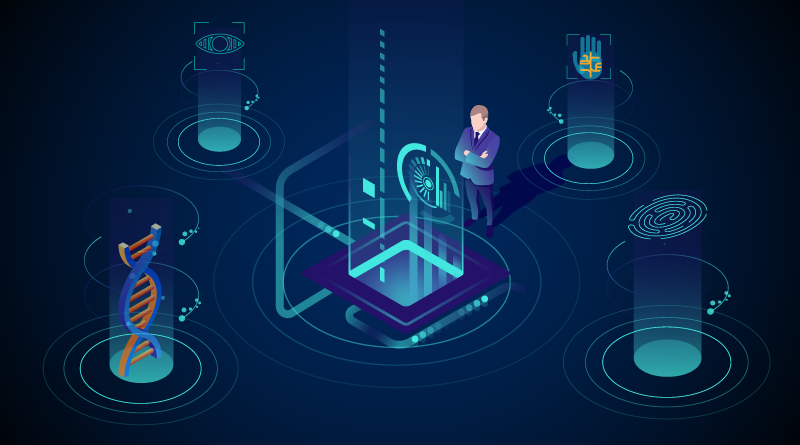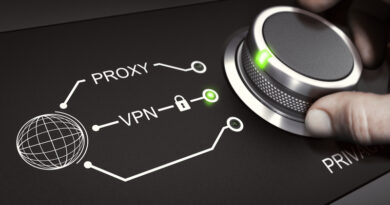Importance of Biometric in IoT Application
The Role of Biometric Technology In The IoT
The Internet of Things needs red pilling. The worldwide number of IoT-connected devices is projected to increase to 43 billion by 2023. It has grown worldwide, but the glitch in its matrix is unignorable. You see.. billions of physical devices interact with each other through the Internet. One must be high on blue pills to consider it free of online threats.
Take a look at these top IoT security issues:
● IoT manufacturers compromise the security compliances
● Social engineering attacks
● Security issues with device update management
● Lack of physical security hardening like sensors and transmitters
● Army of bot attacks
● Privacy invasion
● Ransomware attack to block the device’s access
● Integrity risk to sensitive data
But you have something in your pocket to protect your data.
Biometrics!!
Biometrics answers the most pivotal question: is this truly you?
Passwords have become strong and specifics. But wait a minute, there’s a security limit to passwords. Unlike them, biometrics are not secrets.
● You can’t type them and replicate as passwords, or
● You can’t recreate them
Its multi-factor authentication identifies unique people based on their characteristics.
● Iris
● Facial features
● Fingerprint
● Voice
Biometric is basically what you have and what you’re and it’s hard to steal your identity.
And you can’t really forget or lose your biometric identifiers.
Probably the reason why IoT manufacturers create IoT solutions and integrate them with biometric uniqueness.
Biometric technology and IoT
As you know— IoT is all about sending and receiving data across the devices. Each device is kind of a data point. They interact with each other based on these data. So it’s crucial the data integrity remains stable all across to make your IoT journey meaningful. This is where biometric chips-in to secure sensitive user data.
Examples of biometrics in IoT security
The goal of integrated biometric is to deliver seamless data between data points and connect the devices as quickly as possible.
Take a look at these four common biometrics making way in IoT:
#1 Fingerprint readers
You can hand down the award to iPhone 5S for getting in the fingerprint readers in the world of mobile securities. IoT devices are using the same fingerprint sensor technology. The makers claim to secure their devices and save customer’s interest.
Here’s one of the IoT device fingerprints using deep learning.
Advantages of fingerprint readers in IoT
- Convenient and fast user experience;
- Non-transferable.
#2 Voice biometrics
Your Google home and Alexa devices are voice-based IoT devices.
It also
● creates a seamless experience;
● manages data flow freely between different devices;
● helps quick data sharing with safety;
● enables secure and frictionless data access.
Advantages of voice verification in IoT
- Great user experience;
- Decreased fraud;
- Reduced security cost.
#3 Facial biometrics
Facial recognition technology has gone mainstream.
All the smartphones use it as the latest and reliable biometric security.
It
● secures the data during transfer and delivery processes as much as possible;
● establishes the efficient connections between the devices.
Advantages of facial verification in IoT
- a great security tool to lock personal IoT devices;
- incredibly fast process;
- a perfect choice for seamless integration for the companies;
- very accurate and independent in the identification process.
#4 Iris recognition
Another biometric identifier that’s making up places in the IoT devices and their applications.
It’s absolutely great for:
● high throughput environments;
● sectors like FinTech that need accuracy and precision with speed.
Advantages of Iris recognition in IoT
- Super accurate matching performance;
- No contact needed for scanning;
- Doesn’t change with age, keeping your IoT data secure for life;
- Hard to be spoofed.
What you can expect from the relationship between IoT and Biometrics
● Unmatchable IoT security solutions;
● Beefed-up guarded systems with advanced monitoring features;
● More room for personalization;
● Low complexity and high seamlessness;
● Quick authentication processing (in a jiffy);
● Faster data analysis;
● Advanced hack-proof systems with secure alerts;
● Ease up secure collaboration in remote and local access;
● Compatible across most of the devices and platforms;
● Makes the need for passwords obsolete.
The final call
Data security will always be a concern if you’re connected over the Internet.
It calls for all the more reasons for biometrics to grip the data-centric industry… especially IoT.
The biometrics technology will only strengthen with IoT evolving quickly into a buzz.
So what do you think is the safest biometric technology to protect your data?











